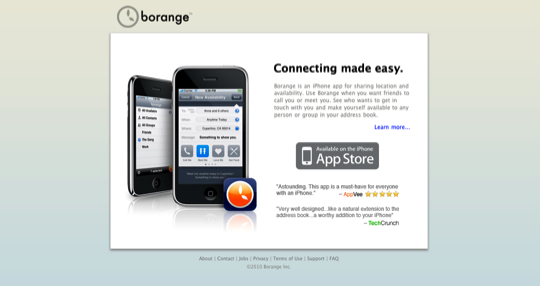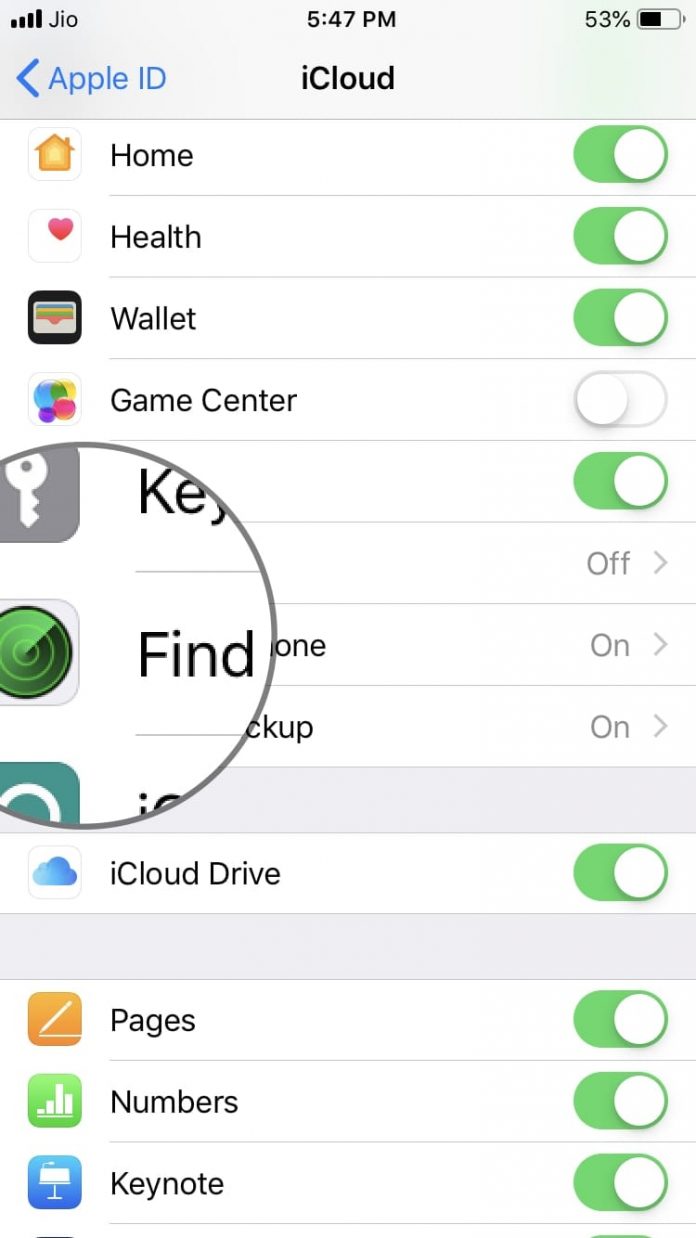
#Find my iphone website update
Turn on automatic updates or click the Update button on your control panel.
#Find my iphone website software
Just make sure the software is up to date. Use technology to protect you: Use security software with anti-phishing features, like the AT&T Anti-Virus Plus.Use a search tool such as McAfee ® SiteAdvisor ®, which shows in your search results if sites are safe or not. To better protect yourself, use a search engine to find info since they can catch misspellings and prevent you from landing on fake websites. Practice smart browsing: Before you enter any information, make sure the website you're visiting is secure.Also, be cautious when downloading email attachments or files, unless you trust the sender. Be suspicious of emails asking for personal or financial info. Use common sense: Read emails carefully.Become familiar with what a phish looks like so you’ll know common tricks. Educate yourself: Read up on the latest scams so you know what to look for.Here are ways to avoid getting caught in a phishing scam: If the logo or text appears in poor resolution, it’s an important clue the site could be phony. Low-resolution images: Scammers usually create fake sites quickly.You can also see in the web browser that the website address starts with rather than just Don’t enter payment details on any site that isn't secure. The lock symbol confirms it's a legitimate, trusted website. If a site is using encryption, look for a lock symbol in the browser window. Not a secure site: Legitimate e-commerce sites use encryption, or scrambling, to make sure your payment info stays safe.If you see a misspelling or a misuse of the company name, don't enter any personal info on the site. Misspelled words: Real companies have staff checking the accuracy of emails and websites.Real banks address messages to you by name. Generic customer name: Make sure email claiming to be from your bank includes your given name in the message, such as Dear William Smith, instead of Dear Valued Customer.So, if you don't see that email address, we didn’t send it. If the email has a non-business email address but claims to be from your bank or another business, don’t trust the email. Public internet account: Before clicking on any link sent to you by email, look at the sender's email address.Confirm sensitive account info: If an email or website asks you to confirm sensitive account info, this is likely a scam.Be careful of emails or sites asking for sensitive details, including your Social Security number, besides the standard sign-in credentials. Banking information: A real bank won’t ask for your banking account info or debit card and PIN numbers through email.We consider our customers as individuals, so your email is only sent to you. If you see an email copied to other recipients, watch out. Many undisclosed recipients: Scammers send thousands of phishing emails, hoping someone will bite.We never use all capital letters in our subject lines, so this is a good sign the email is fake.


All caps in email subject lines: Scammers often use all capital letters in email subject lines to get your attention.Hover your mouse pointer over the link in the email to see if it’s directed to the same site the email came from. Incorrect URL: If the site uses a different web address (URL) than your bank’s, it’s probably a fake site.It’s important you know what to look for if you aren't sure if a website or email is legitimate, check for these warning signs: Recognizing phishing and fake websitesScammers constantly change their attacks to include details that make you believe the scam is real. If you get such a request, report it to AT&T Internet Security at You can also forward the phishing email to the Anti-Phishing Working Group at report it to the FTC. This may include credit card numbers, social security numbers, or passwords.īe cautious of texts or emails asking for your personal, account, or credit card info. They try to trick you into sharing personal or financial details. With phishing, a scammer pretends to be a different person or from an organization.


 0 kommentar(er)
0 kommentar(er)
